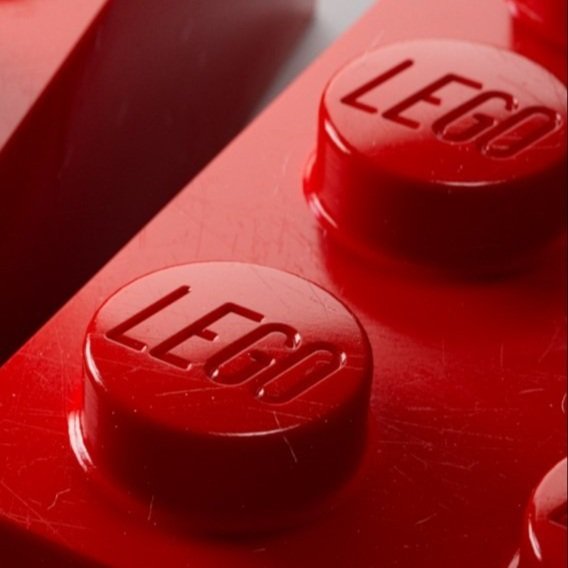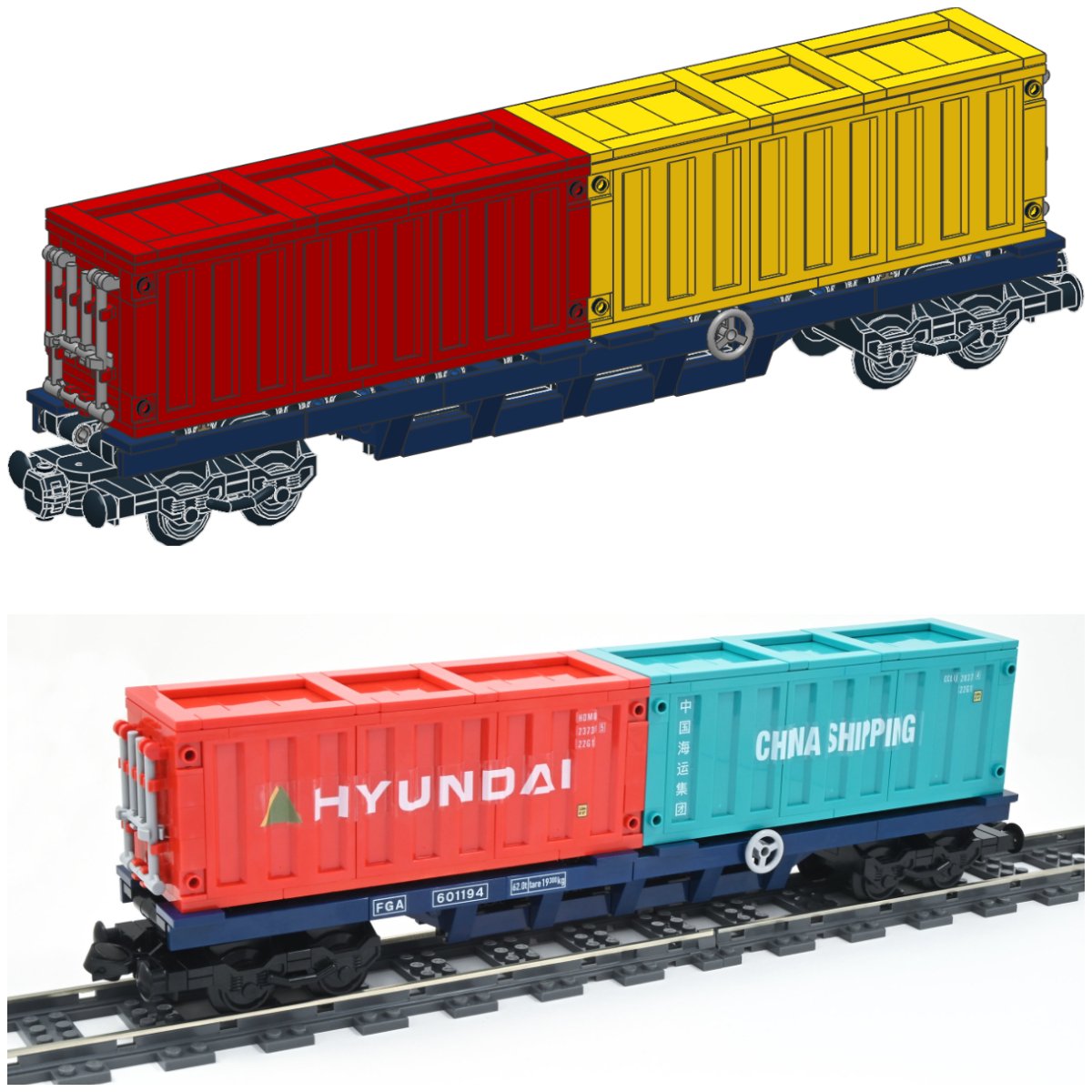The Mystery of the Old Mold
/Nerd Alert!
The following article is about a niche within a niche within a niche, so normal people who might happen to read this will wonder, “Why even bother?” Well, I wasn’t going to write it, but then I remembered this website’s name, so here we go…
I’m a LEGO 2x4 brick collector. I collect them all and their infinite variations. It’s not hyperbole—they really are infinite if you consider tests, prototypes, mold/position combinations, and marbled bricks. Among these infinite variations, there’s one brick made with a specific mold, that I find really interesting, and that’s what I’m going to talk about today.
Why are these bricks special? Read on!
Where It All Began
I’ll begin at the end to make things more intriguing. In summary, LEGOLAND master builders have access to parts not typically available in regular LEGO sets. These parts are generally known as “Q elements”. They tend to be regular parts produced in colors that are not available in sets. This has happened for many, many years. A well-known example is the tan (or “brick yellow”) color, which was used in LEGOLAND parks long before it was used in regular sets. Many of these special-colored pieces are meant for recreating specific characters or buildings, hence requiring specific colors and shapes.
Some Q elements are 2x4 bricks, of course. But before diving into that, I have to explain a couple of small details about the bottom of modern 2x4 bricks. Modern 2x4 bricks have what we call the “cross support”, a section in the middle of it, that makes the brick stronger. Another thing that 2x4 bricks have today is “thin walls” with sidebars. This means that the walls of the brick are slightly thinner than what they used to be initially, and there are sidebars to reach the former thickness, so that studs from other parts fit perfectly on the bottom. Both cross support and thin walls were introduced in the 1980s (they had been briefly used before, but let’s not digress too much now!)
Two modern bricks. Both with Cross support, one with thick walls (on the left), and one with thin walls and sidebars (on the right.)
The Plot Thickens
The Allianz Arena brick.
In 2005, the then-new LEGOLAND Deutschland park unveiled a huge Allianz Arena model. The bricks used to build it were mostly milky white (a non-production color—well, actually uncolored ABS) with a “glitter” effect added. And many of these bricks were 2x4s. Luckily, for all of us, the leftovers were sold to the public in LEGOLAND (as often happens with Q elements) and so these bricks are pretty easy to find, even today (See on BrickLink, they’re mixed with “regular” Milky White bricks since the variation with glitter doesn’t have an officially named color there).
The interesting thing about this brick is that it does have cross support, like all modern 2x4s, but it has thick walls, like the older bricks. And it turns out that this brick is not the only one. During the last 17 years, another eight bricks made with that particular mold were found. Mostly transparent colors, and a couple of solid ones. All these bricks have a mold code of “3” (written above the left tube), and mold positions going from “09” to “16” (written under the left tube.) Those in transparent colors can generally be found on BrickLink… mixed with regular transparent colors, unfortunately—sellers tend to ignore such minor variations.
That’s all of them! That we know of, at least.
Here’s the complete list of known colors that have been produced using this mysterious mold. Well, complete as far as we know today, at least:
217 Brown / Medium Brown
283 Light Nougat
122 Nature With Glitter / (Allianz Arena Milky White)
43 Transparent Blue / Trans-Dark Blue
48 Transparent Green / Trans-Green
41 Transparent Red / Trans-Red
182 Transparent Bright Orange / Trans-Orange
44 Transparent Yellow / Trans-Yellow
40 Transparent / Trans-Clear
This would already be very interesting as it is (well, to me, at least), but there’s more.
Blast From The Past
It turns out that this particular mold had already been used… in the late 60s/early 70s to make test bricks (some were found in lots in Denmark and in BASF lots in Germany… did it travel?) and maybe even production bricks in the UK! But back then it didn’t have cross support, only thick walls (which was normal at the time). Then the mold was set aside, and instead of being decommissioned and destroyed, it stayed in storage somewhere for 30+ years until someone decided (?) that it made sense to add cross support – by cutting bits of the mold – and started using it again to make these Q elements. It’s a very long and strange life for a mold… not unheard of (Fabuland cauldron, I’m thinking of you), but it still sounds strange and unnecessary, since regular 2x4 molds were sure available in the early 2000s.
The bottom of one of the old bricks made with the original mold (top) and that of a modern brick made with the same mold (bottom). Both 3/16, same mold and same position.
I can think of a couple of explanations, but at this point, this is just speculation… I imagine a reason might be that Q elements don’t (I think?) need as much quality control as elements meant to be sold in sets for children, so, using an old mold could make sense. And maybe they really needed to use all the molds they had available because 2x4 bricks were very popular? I don’t really know… and is it normal to keep old molds in storage for decades?
If someone has answers, don’t hesitate to contact us! Maybe someone who worked in the mold departments back then is one of our readers, who knows? I think we may only be scratching the surface of this mold mystery, so stay tuned!
Best of BrickNerd - Article originally published May 23, 2022.
Are you now compelled to order some of these from BrickLink? What do you think the purpose was for the hybridization? Let us know in the comments below!
Do you want to help BrickNerd continue publishing articles like this one? Become a top patron like Charlie Stephens, Marc & Liz Puleo, Paige Mueller, Rob Klingberg from Brickstuff, John & Joshua Hanlon from Beyond the Brick, Megan Lum, and Andy Price to show your support, get early access, exclusive swag and more.






















